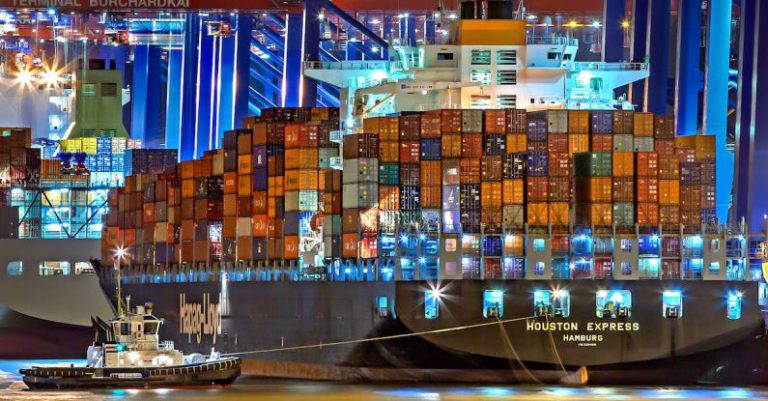Can Global Supply Chains Recover from Disruptions?
The global pandemic has exposed the vulnerabilities of global supply chains, leading to widespread disruptions across industries. From manufacturing to retail, businesses have faced challenges in sourcing materials, meeting production targets, and delivering products to customers. As we navigate through the crisis, the question arises: can global supply chains recover from these disruptions?
Understanding the Impact of Disruptions
Before we delve into the possibilities of recovery, it is crucial to understand the extent of the impact caused by disruptions. The COVID-19 pandemic has not only affected the availability of raw materials but has also disrupted transportation networks, labor availability, and demand patterns. These disruptions have highlighted the overreliance on single-source suppliers and the lack of agility in responding to unforeseen events.
Rebuilding Resilient Supply Chains
To recover from disruptions, supply chains need to be rebuilt with resilience in mind. This involves diversifying suppliers, implementing redundancy measures, and enhancing agility. By identifying alternative sources for critical components and materials, businesses can reduce their dependence on a single supplier and minimize the risk of future disruptions.
Moreover, incorporating redundancy measures, such as maintaining safety stock and implementing backup production facilities, can help mitigate the impact of unforeseen events. This requires a shift in mindset, as businesses need to balance cost-efficiency with the need for resilience.
Adopting Technology for Supply Chain Resilience
Technology plays a vital role in building resilient supply chains. The use of advanced analytics, artificial intelligence, and machine learning can help businesses predict and mitigate potential disruptions. By analyzing data from various sources, such as weather patterns, transportation networks, and supplier performance, businesses can proactively identify risks and take preventive measures.
Additionally, digital platforms that enable real-time visibility and collaboration across the supply chain can enhance responsiveness. These platforms enable stakeholders to monitor inventory levels, track shipments, and communicate effectively, reducing the time required to respond to disruptions.
Collaboration and Risk-sharing
Recovering from disruptions requires collaboration and risk-sharing among supply chain partners. By working closely with suppliers, manufacturers can gain insights into their capacity constraints, production schedules, and potential risks. This information can help businesses make informed decisions and develop contingency plans.
Furthermore, sharing risks and rewards can foster stronger relationships between suppliers and manufacturers. By establishing long-term partnerships based on trust and mutual benefit, businesses can collectively navigate through disruptions and recover more effectively.
Reshaping Global Supply Chains
The pandemic has also highlighted the need to reshape global supply chains. Over the years, businesses have moved towards lean and efficient supply chains, prioritizing cost reduction and just-in-time inventory management. However, this approach has left little room for flexibility and resilience.
To recover from disruptions, businesses need to strike a balance between efficiency and resilience. This may involve reshoring certain manufacturing processes to reduce the dependence on distant suppliers and diversifying sourcing locations. By localizing production, businesses can reduce lead times, improve responsiveness, and mitigate the risks associated with global disruptions.
Conclusion: Embracing Change for a More Resilient Future
While the road to recovery may be challenging, it is not impossible for global supply chains to rebound from disruptions. By embracing change, investing in technology, fostering collaboration, and reshaping their operations, businesses can build more resilient supply chains that can withstand future disruptions.
It is essential for businesses to learn from the challenges faced during the pandemic and take proactive measures to mitigate risks. By doing so, they can not only recover from disruptions but also create a more resilient future where global supply chains are better equipped to withstand unforeseen events.






